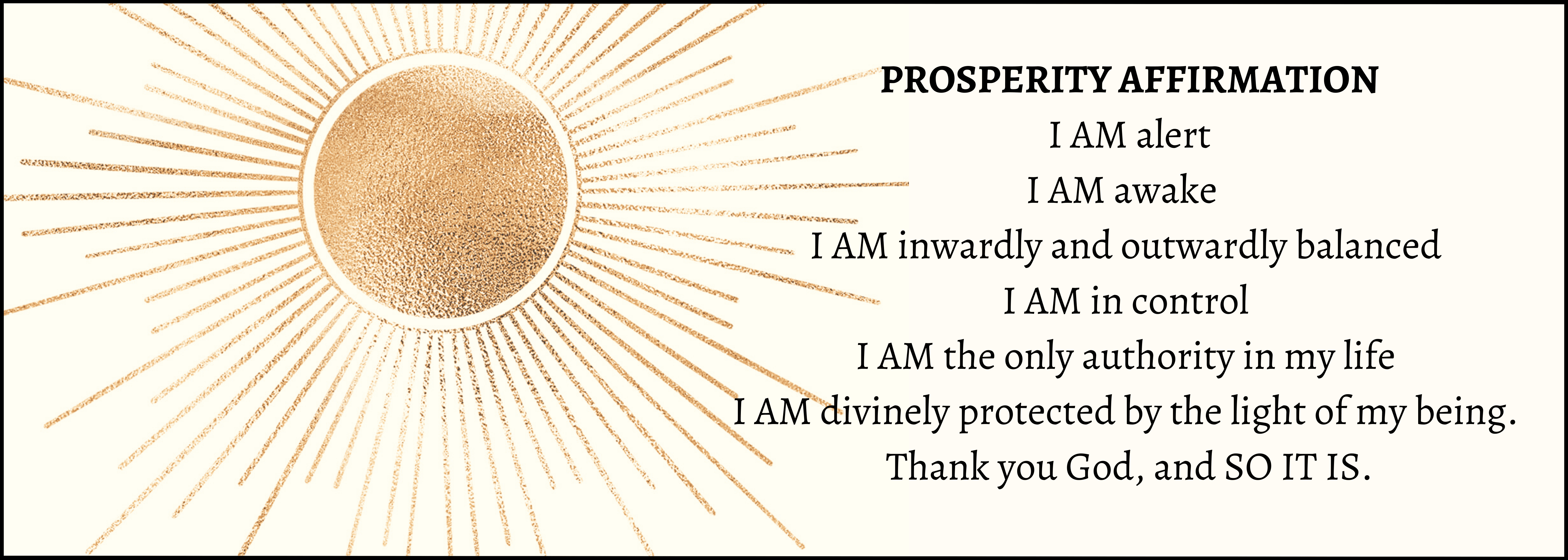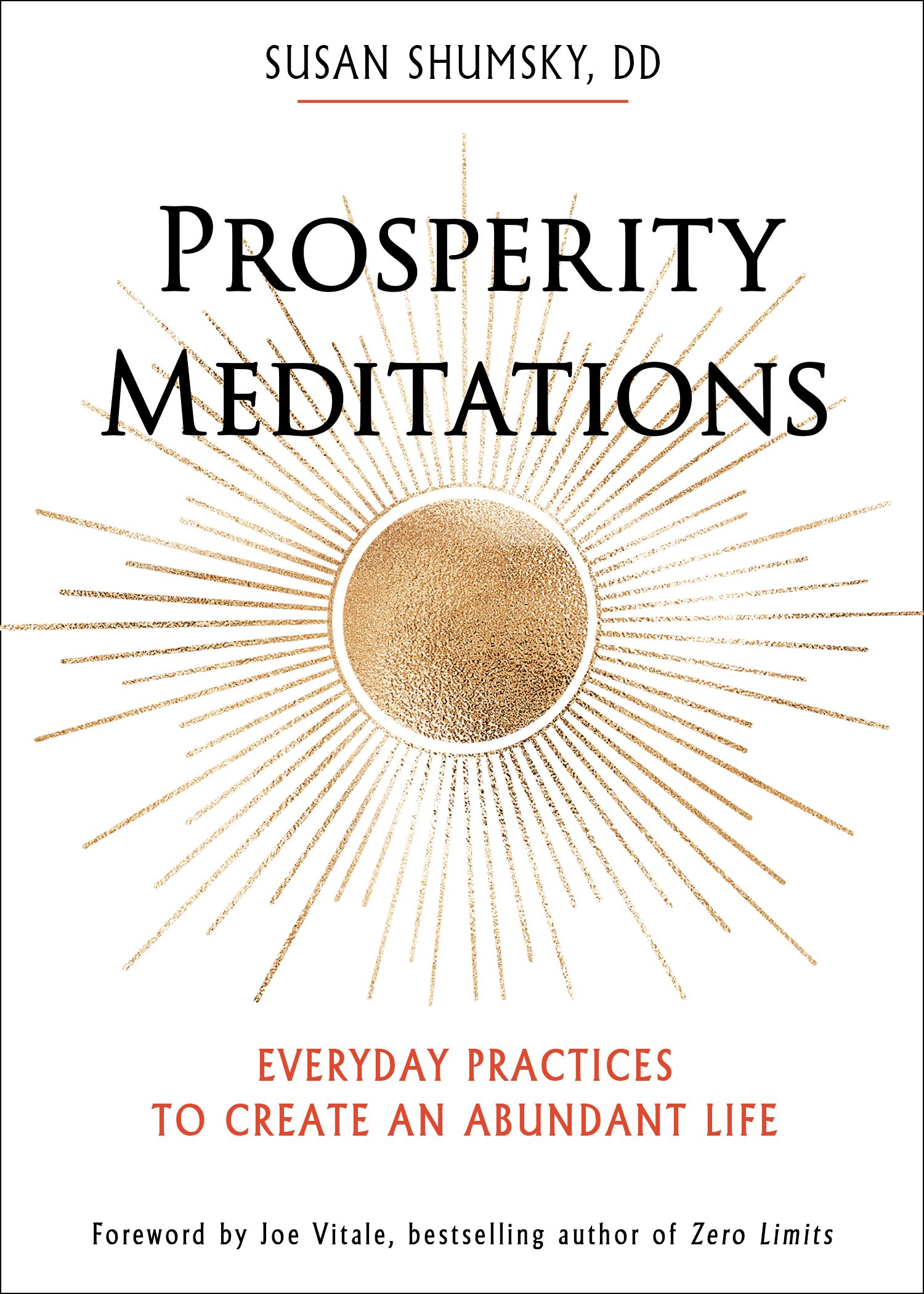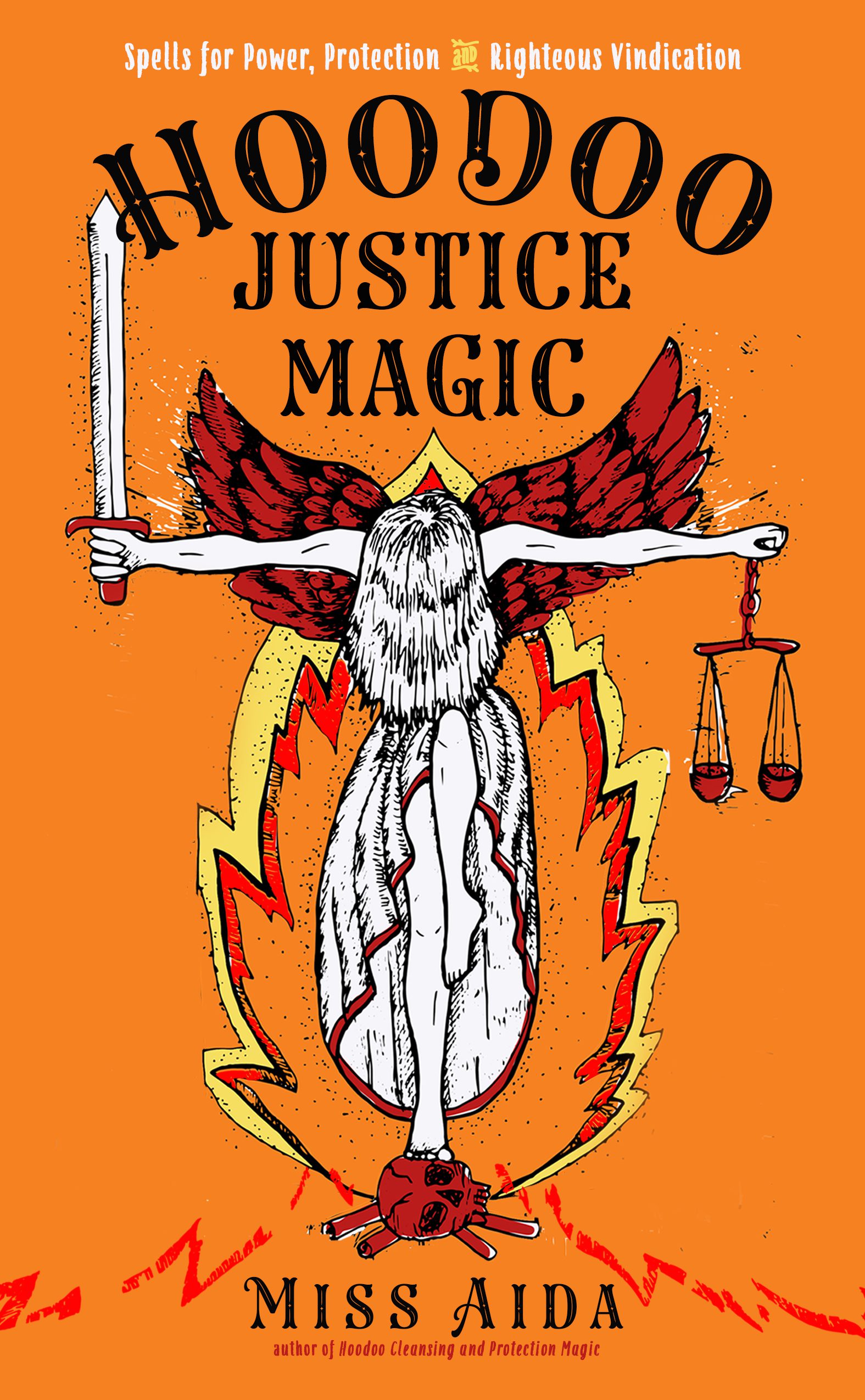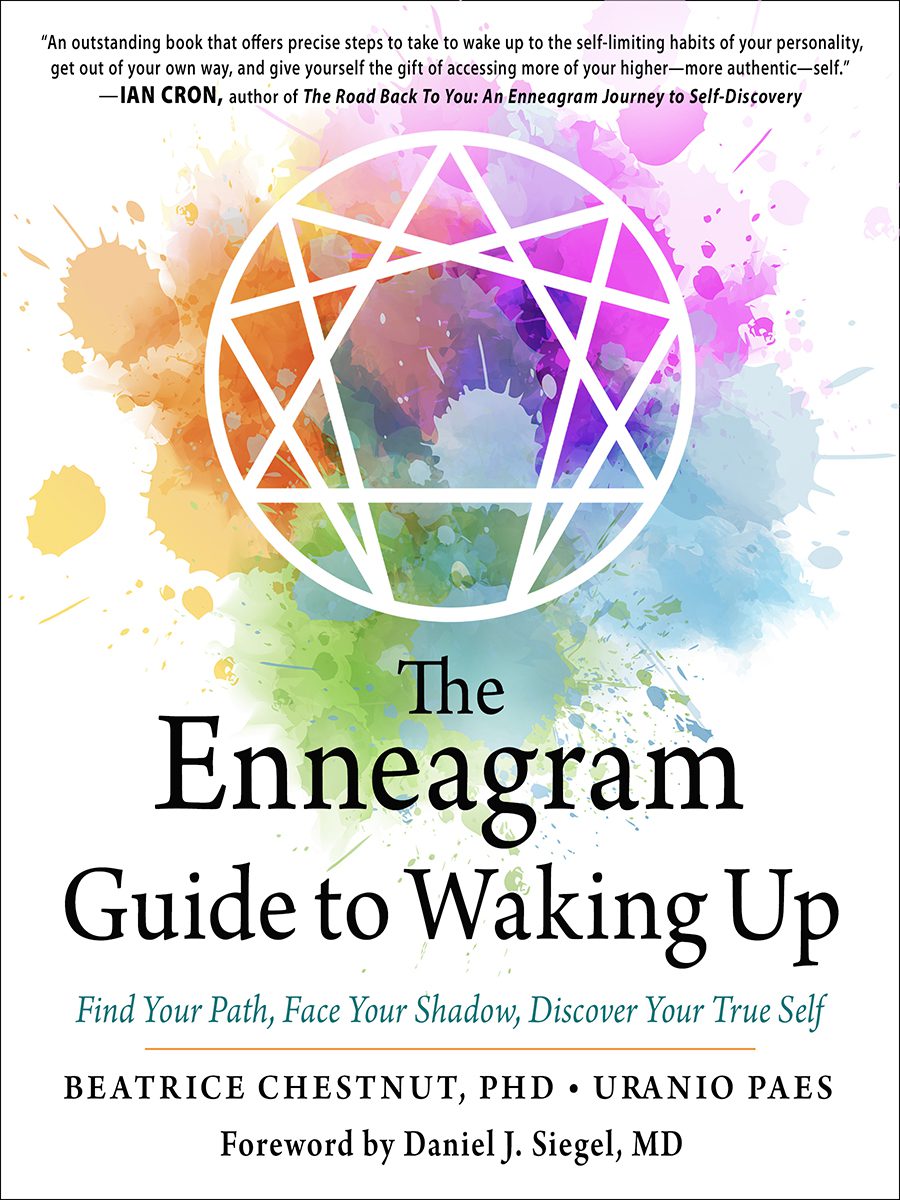Here’s the thing about prosperity – if you don’t think you should have it, you’re not gonna get it. Every time you say, “it wasn’t meant to be!” or “I knew that wouldn’t happen!” you absolutely sink yourself. But if you truly believe, it will come to you. And it will come to you in many forms.
The other thing that’s equally important to absorb is looking for the answers within and not from the outside world. That may sound pat or maybe even trite, but it’s the truth. In Prosperity Meditations, Susan Shumsky shows how to attain this through field-tested methods that are easy to apply and provide dividends in spades! These are meditation, intention, visualization, affirmation, mantra, and goal-setting.
Collectively, these methods shape you by giving you more self-confidence, energy, strength, love, and happiness. Meditation soothes and relaxes you, and brings contentment. Visualizations help you to naturally picture all that you can attain in your mind’s eye while affirmations can remove blockages, clear your pathways, and effect positive results for yourself, your surroundings, and the world. Speaking affirmations or mantras aloud in a strong confident voice can enhance the potency to materialize your goals.
Here’s a poignant excerpt and exercise from Prosperity Meditations on how to ask for what you desire then getting yourself out of the way to allow miracles to happen.
“What is the secret of prosperity? Ask, and it shall be given to you. Ask, that you may receive. Abundance is ever present. Simply ask, unapologetically, for all the good you desire and deserve. Ask with sincerity, love, joy, and relentless determination, persistence, faith, and optimism. Ask and be open to receive divine direction, divine order, divine timing, divine will, blessings, and grace. Ask that God’s gold dust shower upon you now, in the form of outrageous, spectacular, magnificent, bountiful prosperity and opulence.
Then get yourself out of the way and allow miracles to happen. Watch the avalanche of prosperity cascade into your life. God within you is the source of your good. Receive it
with gratitude and grace. You are the source and the answer. You are the creator of your destiny. With God as your ally, you can manifest anything. Nothing is impossible with God.
Let go and let God. Trust in God to be your guide. Live your best life, a life worth living. And be at peace.
Now, with great gratitude in your heart, it is time to come forth from this meditation … Keeping your eyes closed, now vigorously blow out air at least four times as if you are blowing out candles … [Record 15 seconds of silence here.] Now blow out four more candles as you return to inward and outward balance… [Record 10 seconds of silence here.] Then open your eyes and repeat audibly the following affirmation after me.”

Featured Book
Prosperity Meditations
Everyday Practices to Create an Abundant Life





